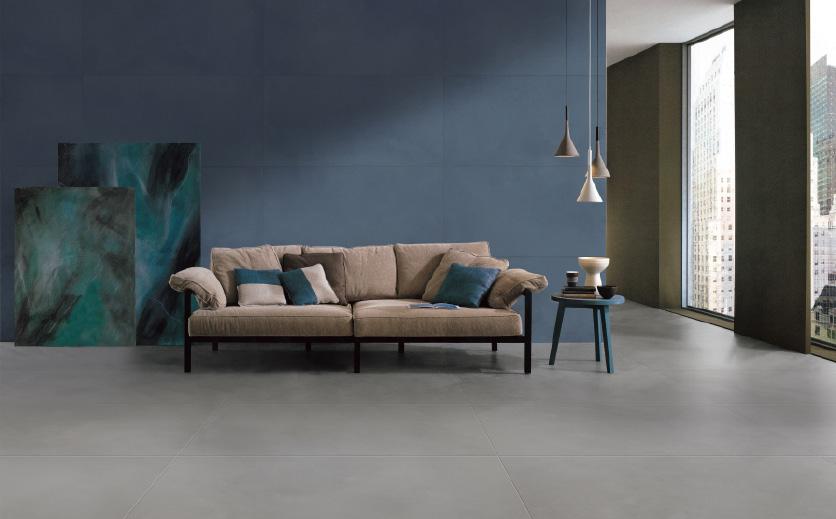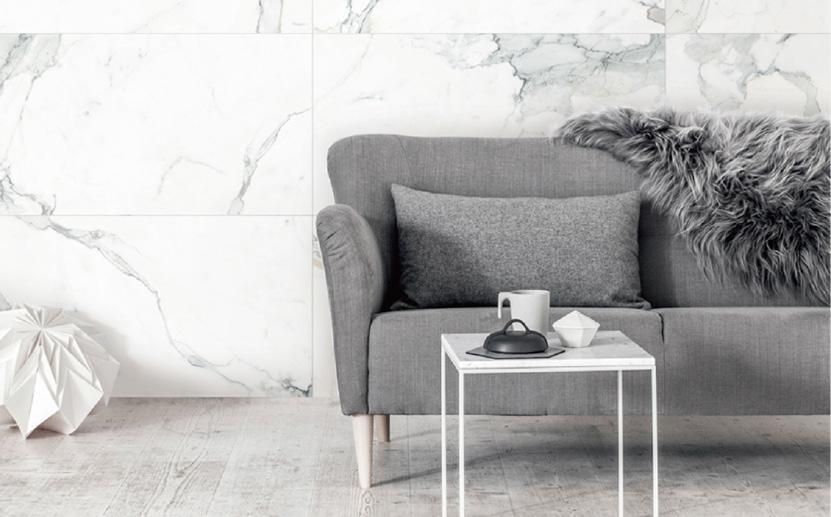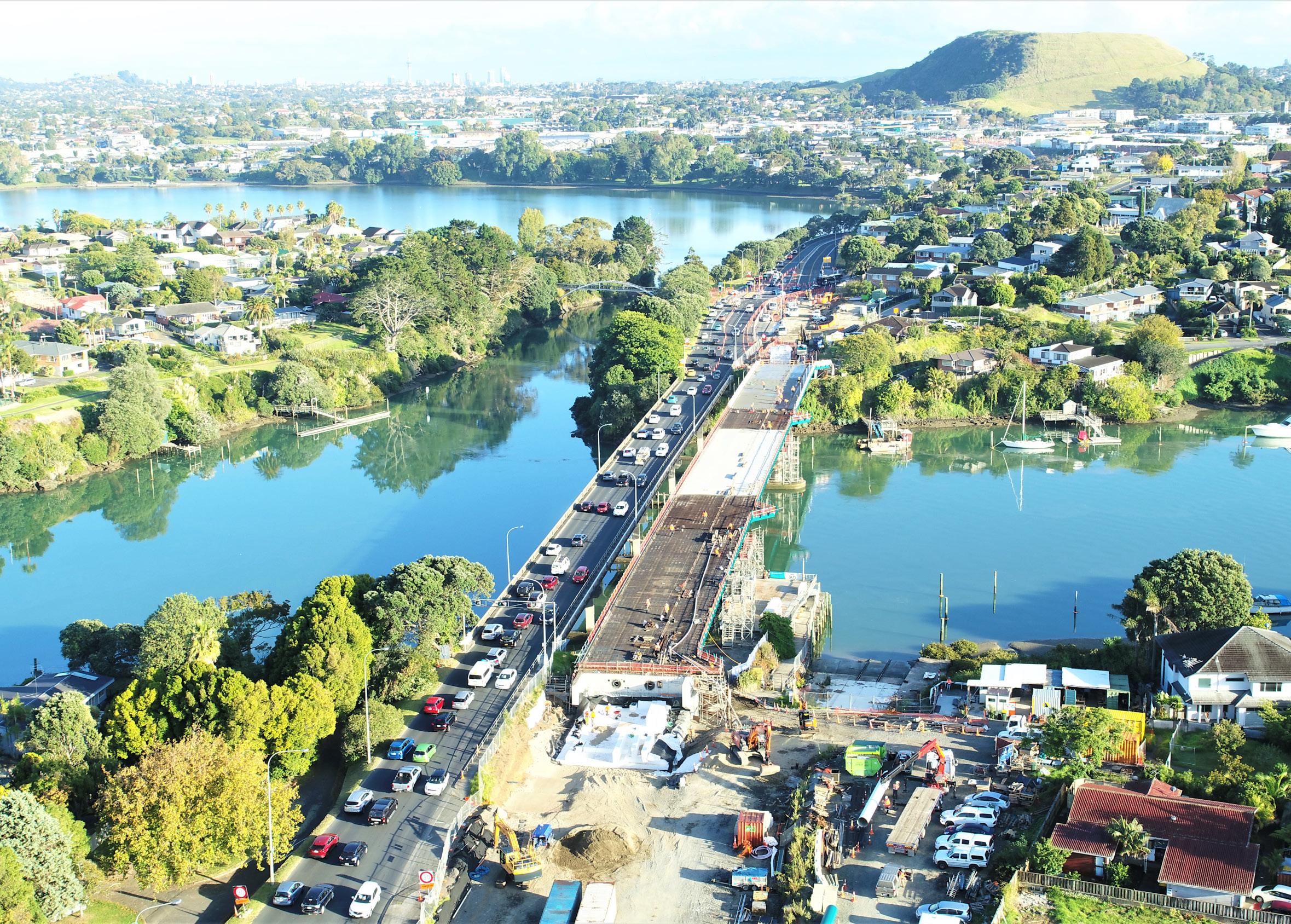
25 minute read
Busway to Botany on hold
Over the past 12 years (at least) plans have been drawn and redrawn several times, regarding AMETI – the Auckland Manukau Eastern Transport Initiative – a busway and new roads running between Panmure and (eventually) Botany Town Centre.
Just when residents thought it was on track, total project completion has been delayed by another two years, to 2027/2028.
Over the past decade or more, houses have been bought along route to later be demolished when making way for more transport lanes including the busway. However progress has been slow though work is currently well on the way for that section which runs from Lagoon Drive, Panmure to Pakuranga Plaza.
However, the projected delay time means the Eastern Busway and a planned Reeves Road Flyover are on hold for now.
In June 2020, Auckland Mayor, Phil Goff said there would be no delays to the Eastern Busway project despite projected shortfalls in the Council’s budget as a result of the Covid-19 pandemic.
Pakuranga MP, Simeon Brown and Botany MP, Christopher Luxon said in a joint statement that the Mayor had spoken of the Council’s commitment to the project given how critical it was to solving congestion issues in the wider transport network and because it would provide more reliability and choice in our public transport options.
They concurred that Pakuranga Road remained one of the busiest non-State Highways in the country and despite local expectation that the Regional Fuel Tax would be used on important projects such as the Eastern Busway, this did not appear to be the case.
Mr Brown and Mr Luxon agreed that the Government and Auckland Council needed to urgently work together to find the money and reverse this funding cut to ensure the Eastern Busway was delivered to the promised timeframe.
At that same time, Auckland Mayor Phil Goff said he was worried but held out little hope the matter of funding could change, while, Auckland Councillor (Howick Ward), Paul Young, said it was a huge blow to east and south Aucklanders who had been waiting a decade for the busway. “Both south and east Auckland have suffered historic under-investment in transport from both central and local government. The Eastern Busway is the first opportunity for us to change that story,” Mr Young said.
“Once completed it will provide a convenient and reliable connection from the east to the rest of the region. If we want to earn the confidence of Aucklanders, and if we are serious about meeting our emissions reductions goals, we should be speeding the busway up not slowing it down. I am committed to finding a way to bring the funding the Eastern Busway back to the earlier years as was originally consulted on by AT”.
Howick Youth Council co-chair Danica Loulié-Wijtenburg added that further delays were inexplicable to most young people.
“The Eastern Busway is essential to improving public transport for our community. When built, it will open opportunities across Auckland for public transport users, alongside people using bicycles,” she said on hearing of the delay.
“Youth often choose to use public transport to get around their neighbourhoods and their city. They’ve told us they want public transport to get better now – not later.
“A student’s trip from Botany to uni [university] in morning rush hour would normally take more than an hour, depending on traffic congestion. Once the busway is complete, alongside the City Rail Link, trips would reliably take about 40 minutes in rush hour. That’s simply transformative.”
Although funding for delivery of the programme has been spread out by a further two years (to 2027/28), authorities have said this does not mean a reduced commitment to the programme.
Overall, there is a proposed increase in funding for the busway of $199 million (from $912 million to $1.11 billion) between the 2018 RLTP and the 2021 draft RLTP.
Stage 1 of the busway, allowing for road widening and dedicated bus lanes between Panmure and Pakuranga is not impacted and was still due for completion late 2021.
MAKING AN impression
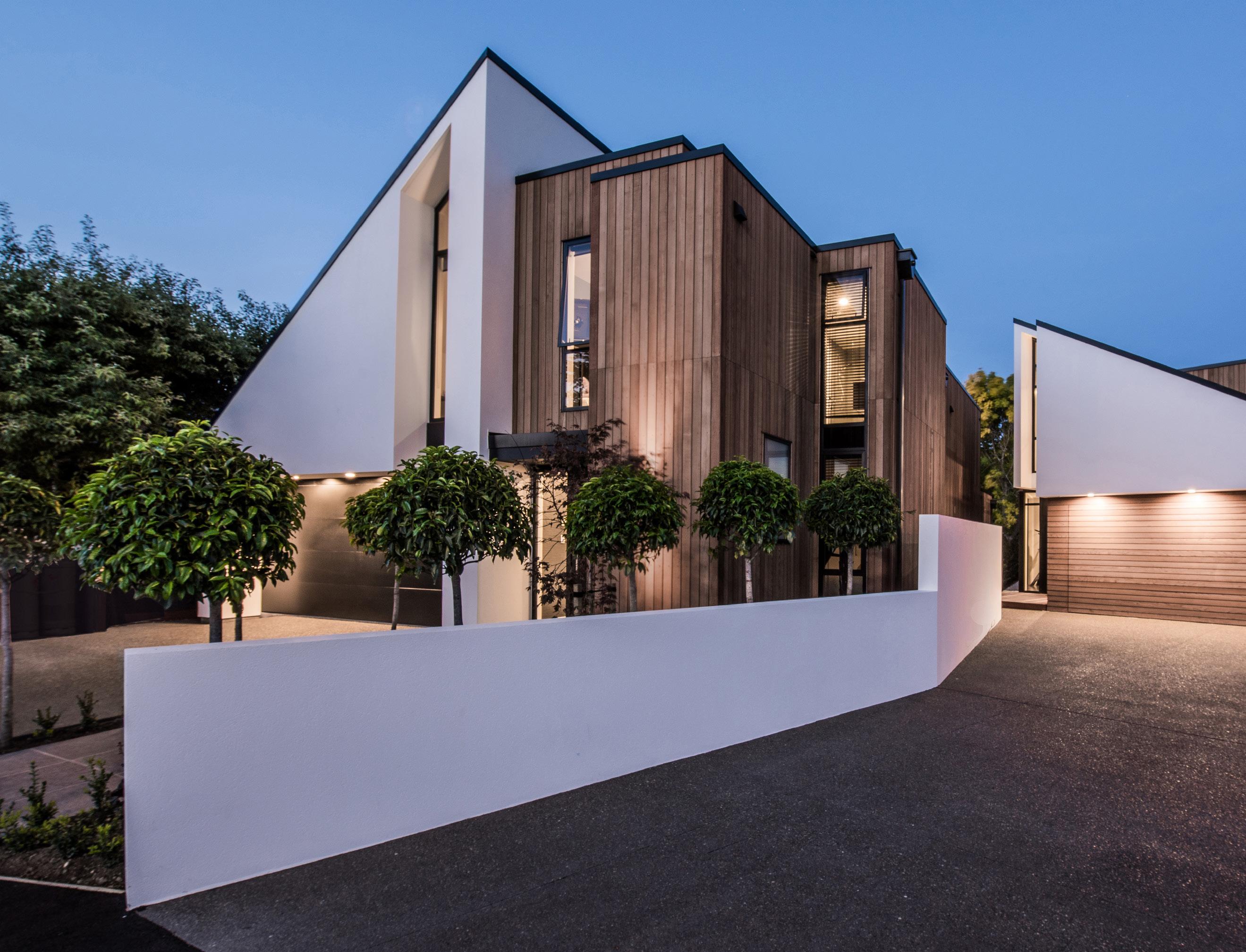
Resene Construction Systems range of plaster facades, and interior finishing systems adds stunning style and durability to new and existing homes.
There is a vast array of external facades available in the market place with weatherboard and brick being the most common.
More and more often, when driving around, people are seeing a greater level of external plaster facades which, from our point of view, is fantastic, and equally for the diversity in sub-divisions.
Over the years, development and technology for external facade or cladding systems has changed. This change was driven by issues related across the construction industry including design and architecture, construction practices, product performance, trade co-ordination and workmanship.
For the past 15 plus years external plaster façades/claddings have been required to be installed over a cavity. This is also the case with brick veneer, and weatherboard.
The cavity method of construction provides robustness and redundancy should moisture enter through the outside skin of the façade.
Plaster façade systems vary considerably not only in terms of the products used, but also the level of workmanship applied by the tradesperson.
Our façade systems require registered building practitioner installation, in turn we only supply our licensed and registered contractors as the very minimum prerequisite.
This ensures accuracy and responsibility to the contractor who has applied the system.
Alongside this, Resene Construction Systems partners with its contractor network and provides its own documented and comprehensive Onsite Quality Assurance programme, which is mandatory to each and every project nationally.
Our Onsite Quality Assurance programme was introduced more than 15 years ago to provide surety of system installation. It was, and is, a dynamic and innovative approach for
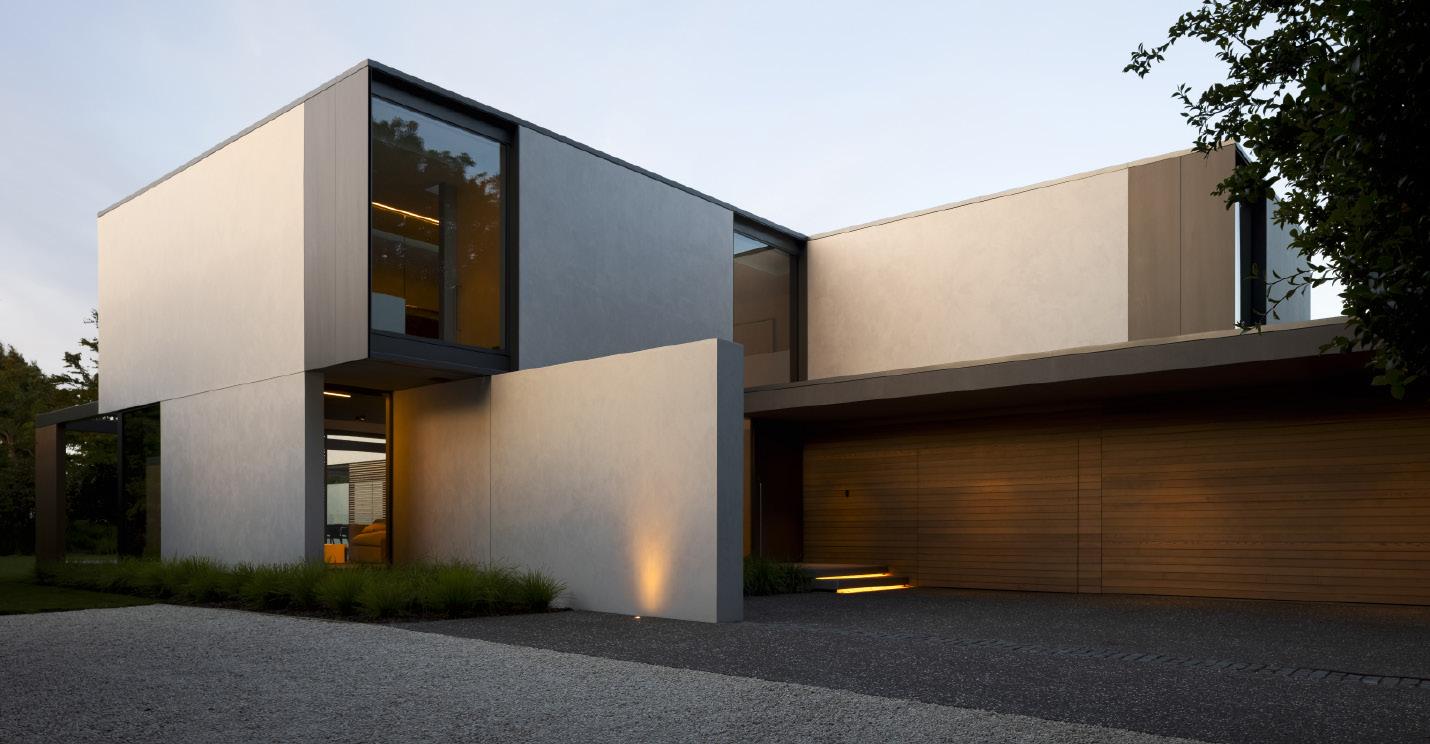
INTEGRA Lightweight Concrete Plaster cladding with Rockcote Cerano concrete effect finish
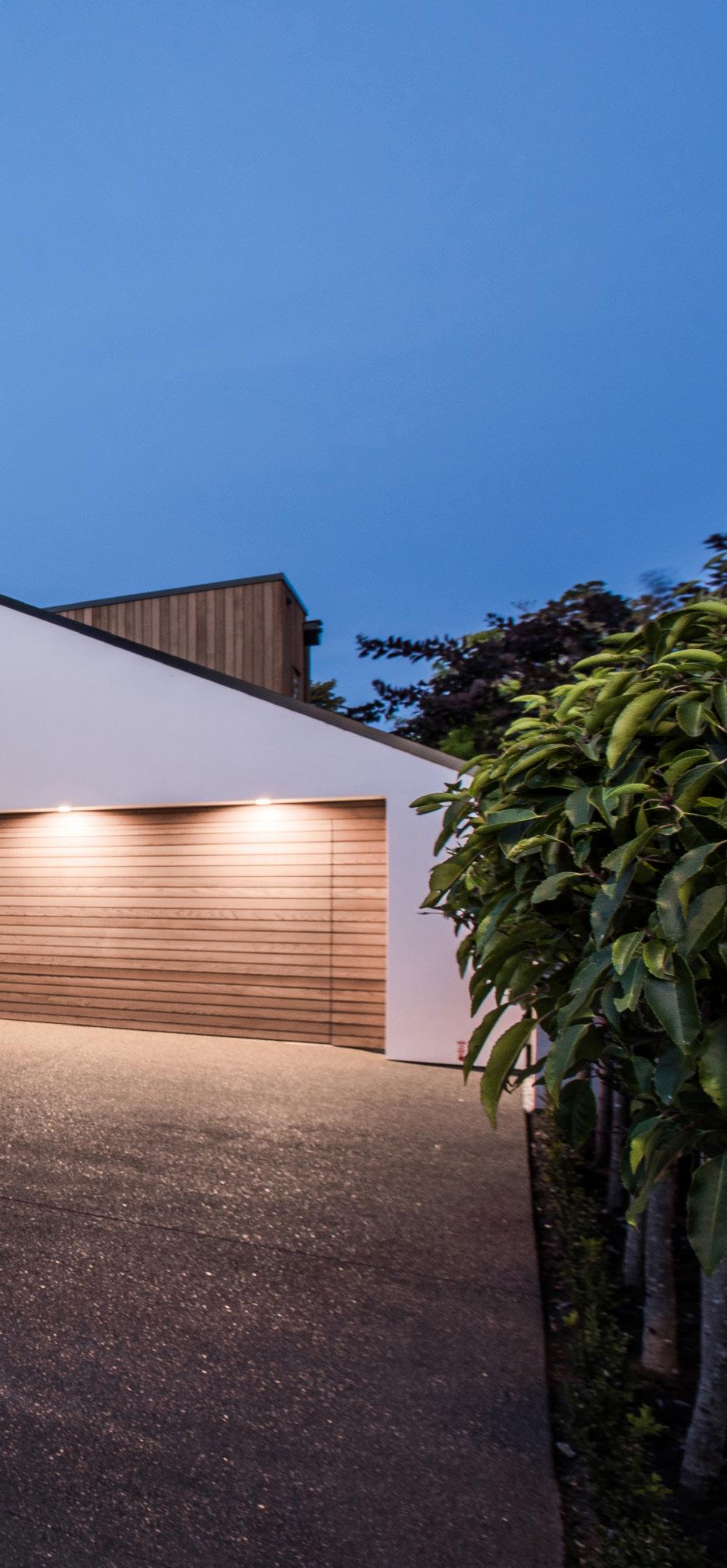
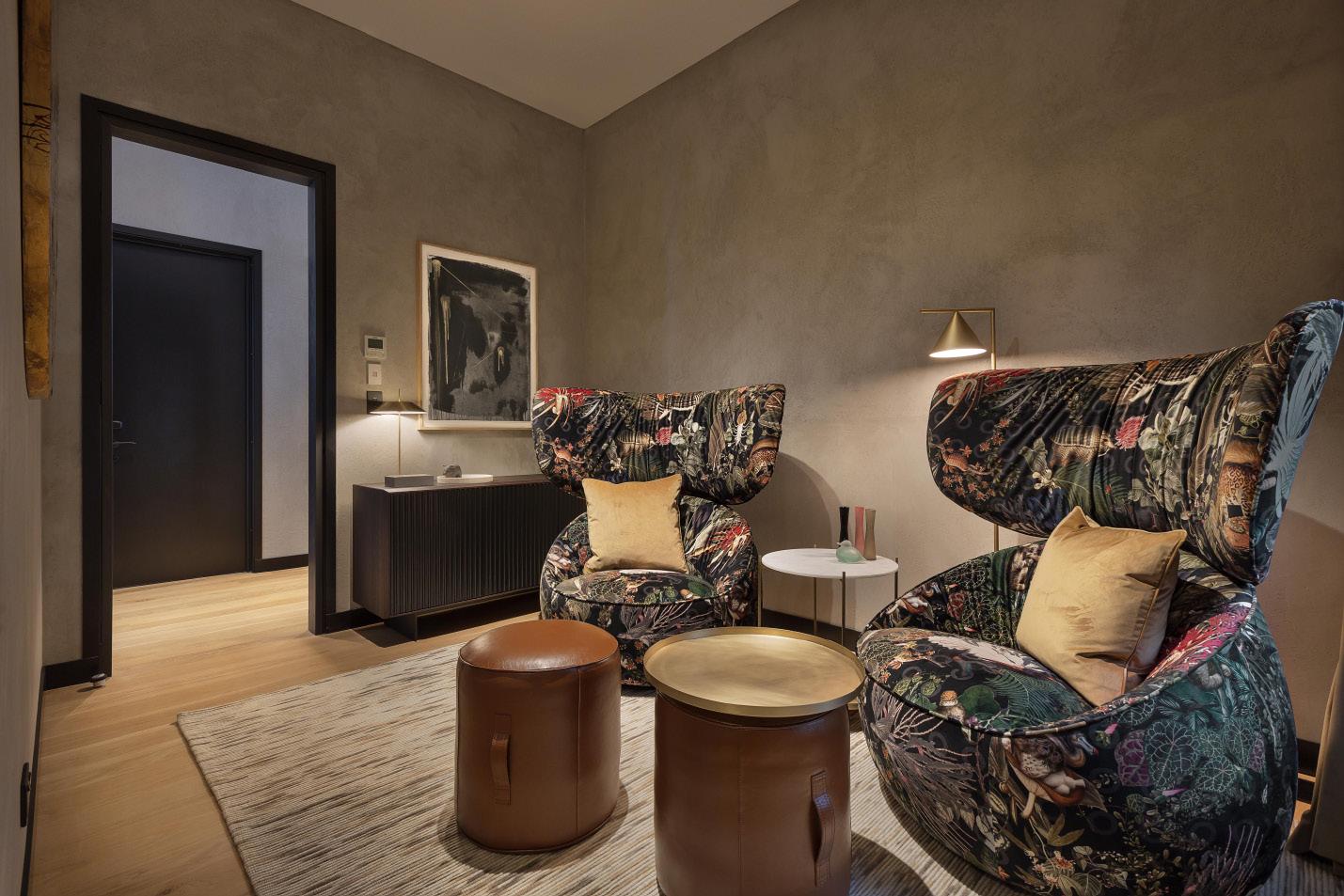
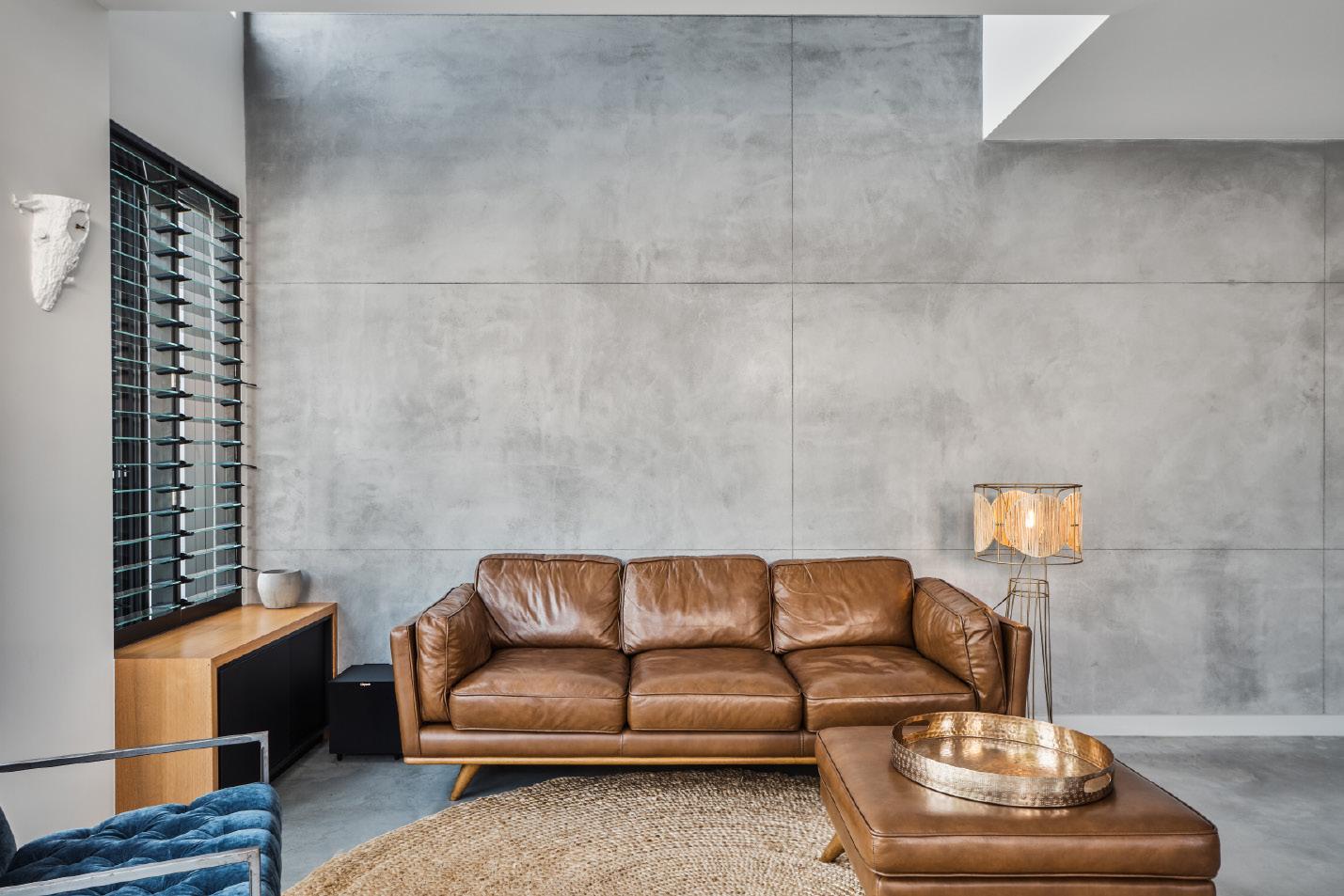
Otsumigaki Clay lime polished plaster
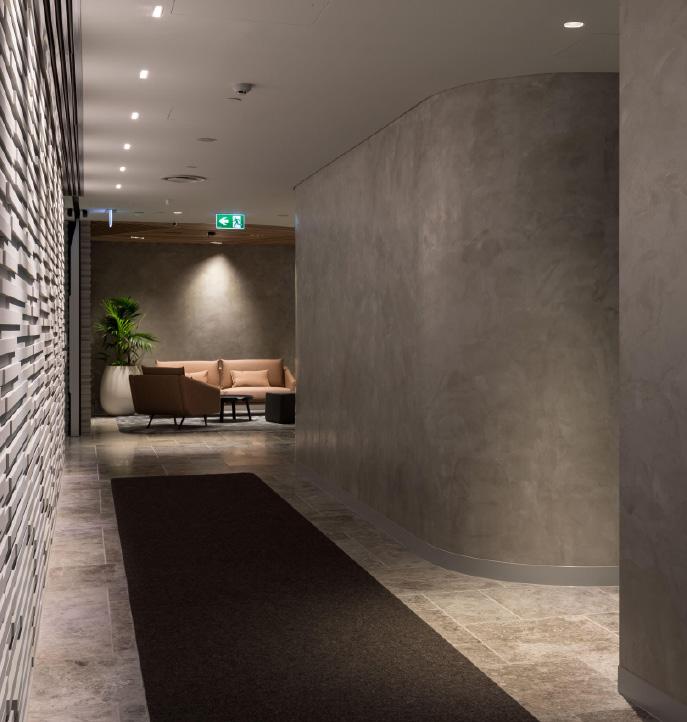
the construction sector.
As with most things we do as a Resene Group business – this programme sets the benchmark for the industry, giving protection to both the reputation of our products and most importantly to our clients’ most important investment – their home.
Selection of your external plaster façade can be challenging. The three premium options in the current market are our INTEGRA aac lightweight concrete, XTHERM Insulated façade, or Plaster over Masonry block or brick.
INTEGRA aac lightweight concrete
façade – AAC (Autoclaved Aerated Concrete) is a lightweight concrete panel fixed over a cavity including our full flashing suite, and a lamina of hand applied coatings that is complete through to the finished Resene colour coats. This system provides impact resistance, acoustic benefits and has a solid feel even though it is fixed over timber framing.
XTHERM Insulated Façade – An external insulation system that provides a complete thermal envelope with our exclusive XTHERM blue high density styrene panel. Insulating the outside wall face is considered by many as the best location for insulation as there are minimal ‘thermal breaks’ when compared to ’in wall’ insulation. If you are looking for additional thermal performance to keep you cool in summer and warm in winter then this is the system for you
XTHERM and INTEGRA plaster facade systems are complete supply and install solutions. Once the framing, building underlay and windows are installed your registered plastering professional undertakes the complete system installation all they way through to the Resene coloured finish coats.
This process saves time and money during the construction process, and provides a full service and support system for the life of the installed system.
For added surety, we work alongside BRANZ (Building Research Association of New Zealand) and have achieved appraisals for our external façade systems. This includes passing stringent weathertight testing, even advanced high performance testing.
At Resene Construction Systems we also have a premium range of Artisan interior finishes, all based on natural materials from Rockcote.
Have confidence knowing that the products and systems we supply for your project have been tested, made and supplied in New Zealand by a division of the Resene Group of companies.
Call 0800 50 70 40 to discover what we do and how they can assist you with your next project.
Rockcote Marrakesh lime plaster
Natural Mineral interior plaster
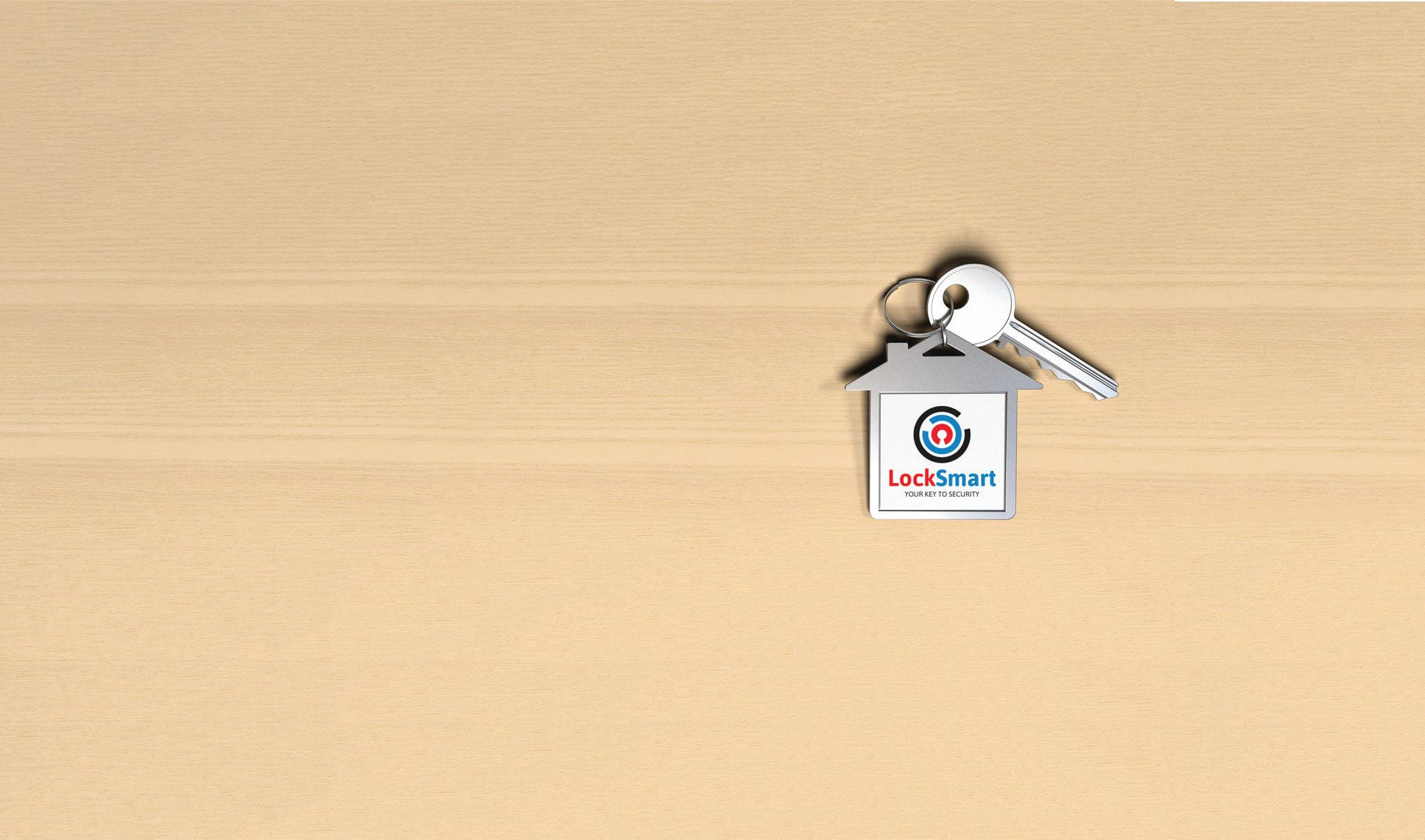
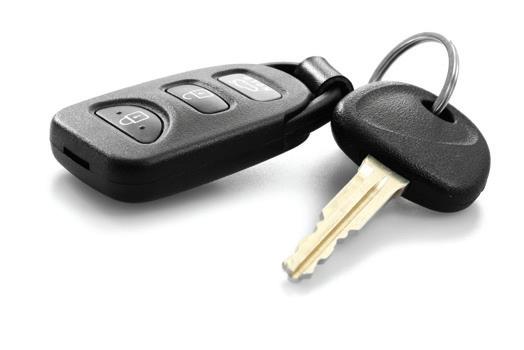


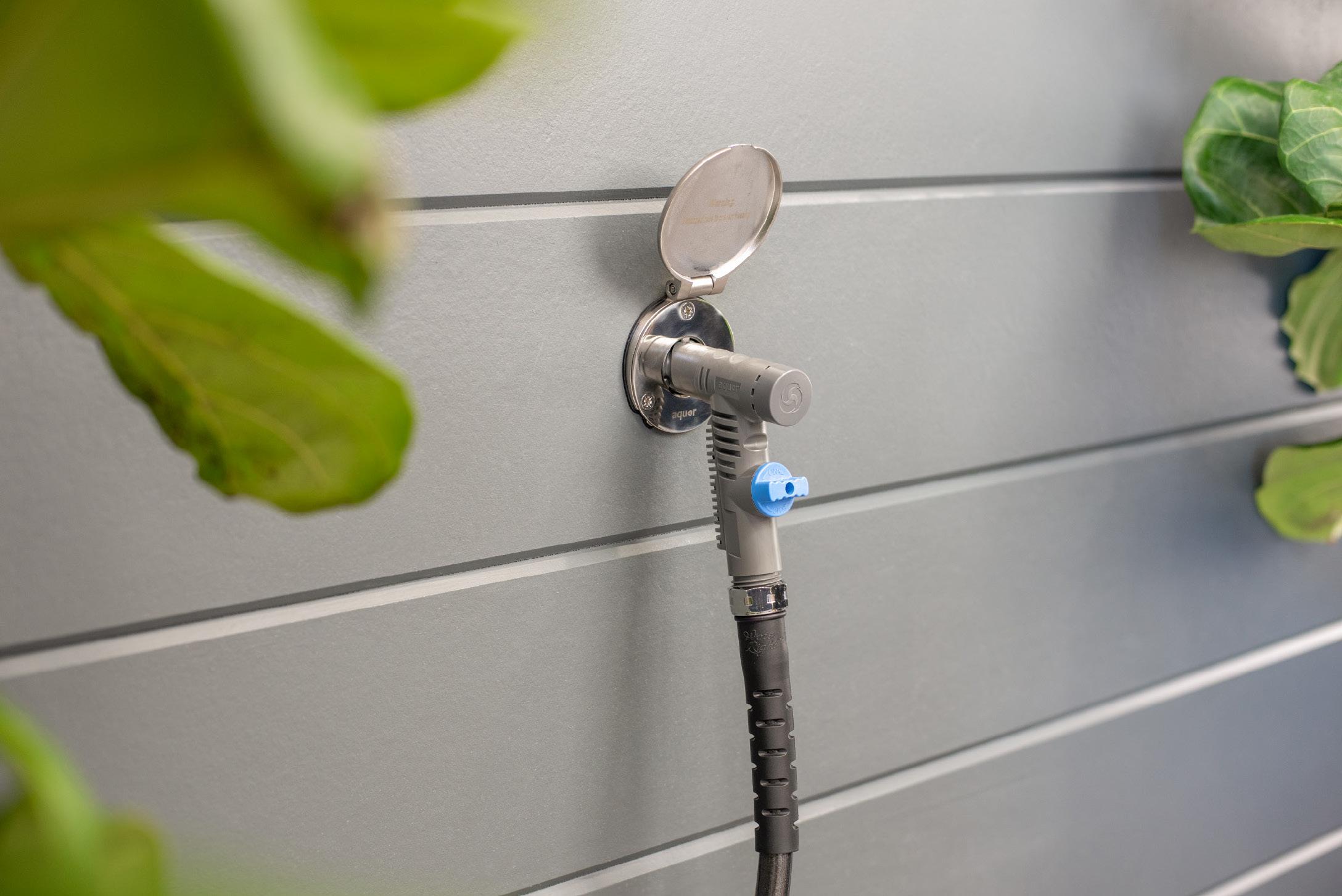

Re-inventing the way people access water outdoors Re-inventing the way people access water outdoors Re-inventing the way people access water outdoors Re-inventing the way people access water outdoors
The traditional outdoor brass hose tap was originally invented in the early 1900’s, and not much of its design has changed.
Outdoor brass hose taps are one of the most common sources of leaks for homeowners. Fixing a faulty hose tap can mean saving thousands of litres of water annually. In cold climates, hose taps are one of the most common sources of water damage in buildings.
A lot has changed since the 1900s with improved manufacturing processes and technology, but the traditional brass hose tap remained the same until Aquor re-invented the way people accessed water outdoors.
Using high-tech materials, quality manufacturing methods, and a user-centric design approach, they’re making products that are easy to use, and built to last.
The House Hydrant is the ultimate, ‘nocompromise’ hose tap; easier to use, more durable, eco-friendly, and better looking than anything on the market.
The Aquor New Zealand range incorporates the best of form meets function. Forget threading on garden hoses and adaptors every time you need to access water outside. Just plug in the garden hose connector, and water turns on automatically. No pliers needed and no hassling trying to thread hoses and adaptors on with wet hands.
The Aquor House Hydrant range is easy to use; simply attach the Aquor connector to your garden hose and plug into the House Hydrant. Water flow starts immediately when connected, and stops instantly when disconnected.
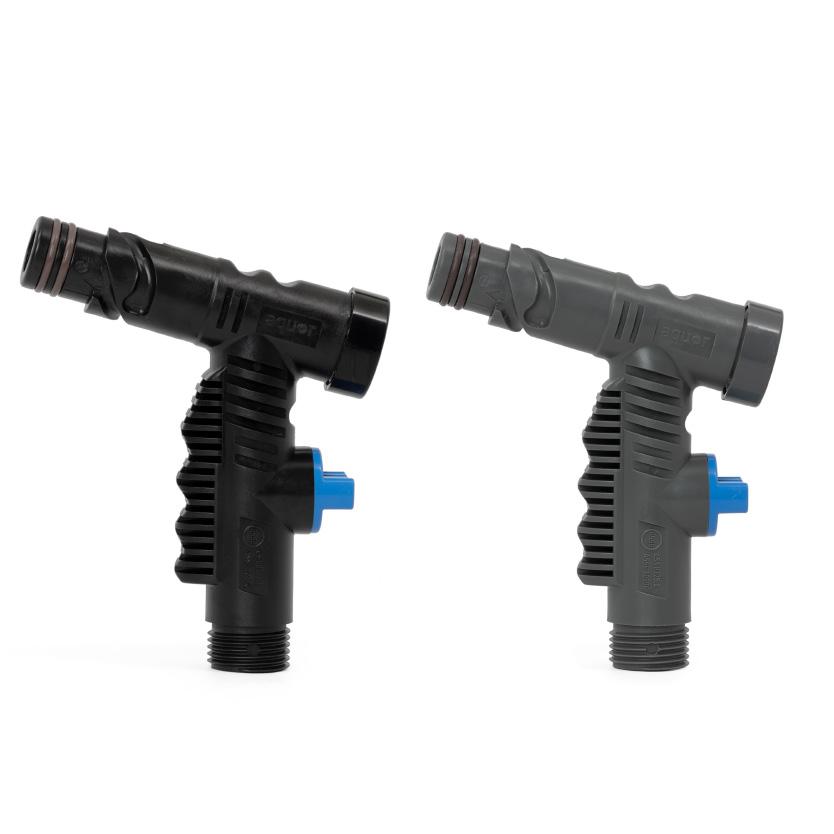
The traditional outdoor brass hose tap was originally invented in the early 1900’s, and not much of its design has changed.
Outdoor brass hose taps are one of the most common sources of leaks for homeowners. Fixing a faulty hose tap can mean saving thousands of litres of water annually. In cold climates, hose taps are one of the most common sources of water damage in buildings.
A lot has changed since the 1900s with improved manufacturing processes and technology, but the traditional brass hose tap remained the same until Aquor re-invented the way people accessed water outdoors.
Using high-tech materials, quality After it is unplugged, the hydrant manufacturing methods, and a user-centric automatically self drains to prevent freezing. design approach, they’re making products that The range includes house hydrants, are easy to use, and built to last. universal outlets, and vacuum breaker
The House Hydrant is the ultimate, ‘no- connections with a choice of brushed compromise’ hose tap; easier to use, more stainless or matte black titanium caps. durable, eco-friendly, and better looking than The House Hydrant sits flush against the anything on the market. wall for a low-profile and sleek appearance.
The Aquor New Zealand range Unlike brass hose taps, the House Hydrant incorporates the best of form meets function. does not use a traditional screw-and-washer Forget threading on garden hoses and mechanism to seal. adaptors every time you need to access Aquor’s unique valve uses water pressure water outside. Just plug in the garden hose to close once the connector is unplugged. The connector, and water turns on automatically. result is a stronger, more reliable seal, even at No pliers needed and no hassling trying to high water pressures. thread hoses and adaptors on with wet hands.
The Aquor House Hydrant range is easy to use; simply attach the Aquor connector to your garden hose and plug into the House Phone 09 415 6151 Hydrant. Water flow starts immediately www.hydroflow.co.nz when connected, and stops instantly when disconnected.
The traditional outdoor brass hose tap was originally invented in the early 1900’s, and not much of its design has changed.
Outdoor brass hose taps are one of the most common sources of leaks for homeowners. Fixing a faulty hose tap can mean saving thousands of litres of water annually. In cold climates, hose taps are one of the most common sources of water damage in buildings.
A lot has changed since the 1900s with improved manufacturing processes and technology, but the traditional brass hose tap remained the same until Aquor re-invented the way people accessed water outdoors. After it is unplugged, the hydrant
Using high-tech materials, quality automatically self drains to prevent freezing.manufacturing methods, and a user-centric The range includes house hydrants, design approach, they’re making products that universal outlets, and vacuum breaker are easy to use, and built to last. connections with a choice of brushed
The House Hydrant is the ultimate, ‘no- stainless or matte black titanium caps. compromise’ hose tap; easier to use, more The House Hydrant sits flush against the durable, eco-friendly, and better looking than wall for a low-profile and sleek appearance. anything on the market. Unlike brass hose taps, the House Hydrant
The Aquor New Zealand range does not use a traditional screw-and-washer incorporates the best of form meets function. mechanism to seal. Forget threading on garden hoses and Aquor’s unique valve uses water pressure adaptors every time you need to access to close once the connector is unplugged. The water outside. Just plug in the garden hose result is a stronger, more reliable seal, even at connector, and water turns on automatically. high water pressures.No pliers needed and no hassling trying to thread hoses and adaptors on with wet hands.
The Aquor House Hydrant range is easy to use; simply attach the Aquor connector to Phone 09 415 6151 your garden hose and plug into the House www.hydroflow.co.nz Hydrant. Water flow starts immediately when connected, and stops instantly when disconnected.
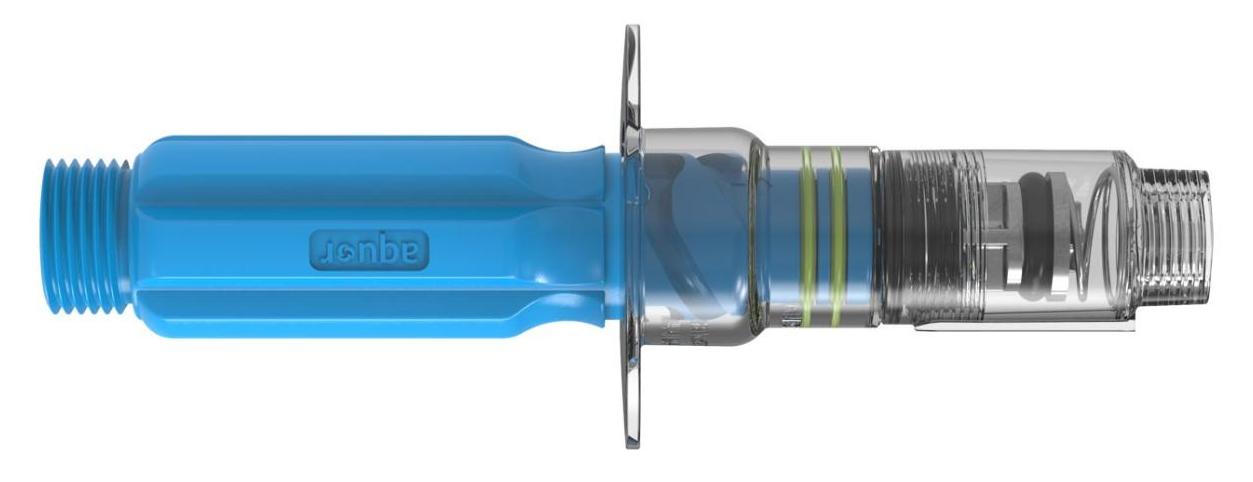
The traditional outdoor brass hose tap was originally invented in the early 1900’s, and not much of its design has changed.
Outdoor brass hose taps are one of the most common sources of leaks for homeowners. Fixing a faulty hose tap can mean saving thousands of litres of water annually. In cold climates, hose taps are one of the most common sources of water damage in buildings.
A lot has changed since the 1900s with improved manufacturing processes and technology, but the traditional brass hose tap remained the same until Aquor re-invented the After it is unplugged, the hydrant way people accessed water outdoors. automatically self drains to prevent freezing.
Using high-tech materials, quality The range includes house hydrants, manufacturing methods, and a user-centric universal outlets, and vacuum breaker connections with a choice of brusheddesign approach, they’re making products that are easy to use, and built to last. stainless or matte black titanium caps.
The House Hydrant is the ultimate, ‘no- The House Hydrant sits flush against the compromise’ hose tap; easier to use, more wall for a low-profile and sleek appearance. durable, eco-friendly, and better looking than Unlike brass hose taps, the House Hydrant anything on the market. does not use a traditional screw-and-washer
The Aquor New Zealand range mechanism to seal. incorporates the best of form meets function. Aquor’s unique valve uses water pressure Forget threading on garden hoses and to close once the connector is unplugged. The adaptors every time you need to access result is a stronger, more reliable seal, even at water outside. Just plug in the garden hose high water pressures. connector, and water turns on automatically. No pliers needed and no hassling trying to thread hoses and adaptors on with wet hands.
The Aquor House Hydrant range is easy Phone 09 415 6151 to use; simply attach the Aquor connector to www.hydroflow.co.nz your garden hose and plug into the House Hydrant. Water flow starts immediately when connected, and stops instantly when disconnected.
The traditional outdoor brass hose tap was originally invented in the early 1900s, and not much of its design has changed.
Outdoor brass hose taps are one of the most common sources of leaks for homeowners. Fixing a faulty hose tap can mean saving thousands of litres of water annually. In cold climates, hose taps are one of the most common sources of water damage in buildings.
A lot has changed since the 1900s with improved manufacturing processes and technology, but the traditional brass hose tap remained the same until Aquor re-invented the way people accessed water outdoors.
Using high-tech materials, quality After it is unplugged, the hydrant manufacturing methods, and a user-centric automatically self drains to prevent freezing. design approach, they’re making products that The range includes house hydrants, are easy to use, and built to last. universal outlets, and vacuum breaker
The House Hydrant is the ultimate, ‘no- connections with a choice of brushed compromise’ hose tap; easier to use, more stainless or matte black titanium caps. durable, eco-friendly, and better looking than The House Hydrant sits flush against the anything on the market. wall for a low-profile and sleek appearance.
The Aquor New Zealand range Unlike brass hose taps, the House Hydrant incorporates the best of form meets function. does not use a traditional screw-and-washer Forget threading on garden hoses and mechanism to seal. adaptors every time you need to access Aquor’s unique valve uses water pressure water outside. Just plug in the garden hose to close once the connector is unplugged. The connector, and water turns on automatically. result is a stronger, more reliable seal, even at No pliers needed and no hassling trying to high water pressures. thread hoses and adaptors on with wet hands.
The Aquor House Hydrant range is easy to use; simply attach the Aquor connector to your garden hose and plug into the House Phone 09 415 6151 www.hydroflow.co.nzHydrant. Water flow starts immediately when connected, and stops instantly when disconnected. After it is unplugged, the hydrant automatically self drains to prevent freezing. The range includes house hydrants, universal outlets, and vacuum breaker connections with a choice of brushed stainless or matte black titanium caps. The House Hydrant sits flush against the wall for a low-profile and sleek appearance. Unlike brass hose taps, the House Hydrant does not use a traditional screw-and-washer mechanism to seal. Aquor’s unique valve uses water pressure to close once the connector is unplugged. The result is a stronger, more reliable seal, even at high water pressures.
Phone 09 415 6151 www.hydroflow.co.nz
INTELLIGENT IRRIGATION WELCOME TO FUTUREFLOW
Welcome to Futureflow, a new division of the Hydroflow Distribution Group which is committed to innovation, quality and water conservation. The Futureflow product range, and choice of distribution partners, reflect the company’s dedication to the world’s most precious resource.
INTRODUCING RAIN BIRD
Futureflow is proud to be New Zealand’s distributor of established global brand, Rain Bird.
Rain Bird is a leading global manufacturer founded in 1933 in the USA. Since its inception, Rain Bird has produced and offered the industry’s broadest range of irrigation products. Over the past eight decades, Rain Bird has been awarded more than 450 patents worldwide, including the first, in 1935, for the original horizontal action impact drive sprinkler (U.S. Patent #1,997,901), which revolutionised the food production industry and ushered in a new era in irrigation. In fact, the original impact sprinkler was designated a historic landmark in 1990 by the American Society of Agricultural Engineers.
Rain Bird is focused on technology and innovation and has developed more than 4000 innovative water-conserving products. The complete range includes sprinklers, drip and micro, valves and controllers for pastures and paddocks, sports arenas, commercial developments and residential homes.
Rain Bird continually develops smarter ways to interconnect irrigation system components and to connect the irrigation system to external systems and data.
Rain Bird’s commitment to The Intelligent Use of Water™ shows in the manufacture and design of its high-quality products as well as in the company’s passion for water conservation.
An example of Rain Bird’s dedication to technology is the innovative mobile app. The app is designed to pair seamlessly with your Rain Bird controller allowing you to monitor and edit your irrigation system from anywhere in the world. Using the app, you can adjust your system’s schedule, manually water zones, and share access to your system with family members, friends, contractors, and more.
One of the system’s key features is Automatic Seasonal Adjust. This feature takes weather forecasts and patterns into account and automatically adjusts the output of your irrigation system to optimise for current conditions. Ultimately, this conserves water and prevents your lawn from being over-watered.

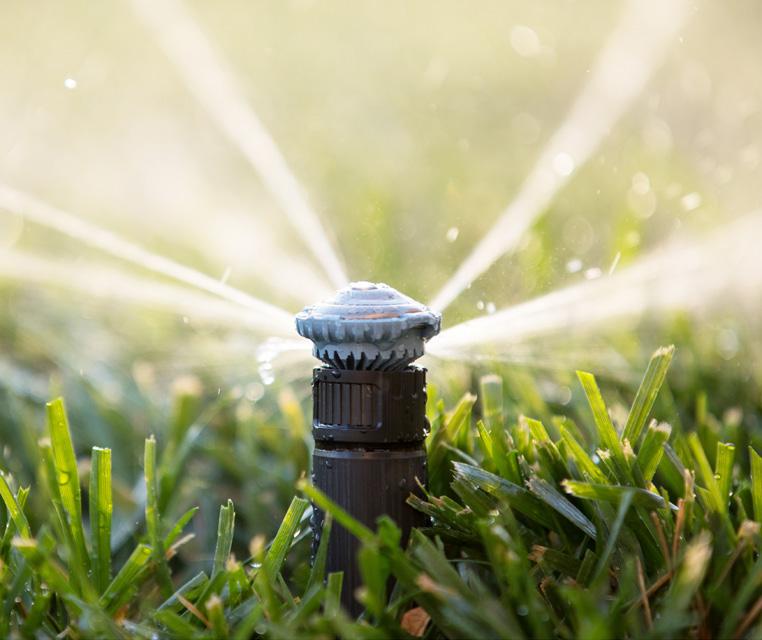
Futureflow is your go-to team for all things irrigation with dedicated irrigation experts on the ground nationwide.
Find out more at futureflow.co.nz

Dealing with winter drainage
Come winter time just about everyone is focused on rain and stormwater, either disposing of it or reducing its impact.
Storm water flows are unregulated so knowing how much or how little you will get is virtually impossible. Large rain events challenge designers’ calculations and result in flow constraints as water under the pressure of gravity, heads to low lying areas.
Property owners expect their drainage systems to work perfectly. They want reliability and safe well-constructed systems by which all water is carried away without a hitch. This is where good design from stormwater engineers comes into play.
Implementing these designs is the job of drainage professionals such as Drains.co Ltd.
The company has successfully operated its headquarters (office, workshop, storage facilities and transport fleet) in South Auckland for more than 25 years, providing residential drainage services to clients throughout the greater Auckland region, Franklin, northern Waikato and the Hauraki Plains.
Director, Graeme Garchow believes getting sound advice and design work early on is bound to prevent problems down the track. “It really is best to ensure installation of anything, from water tanks to storm water or sanitary wastewater systems, is done properly at the outset,” he says. “The last thing anyone wants is a new home spoiled – or soiled – when such systems back up and let you down.”
Experts in providing new drainage in urban and rural districts, Drains.co is focused on ensuring property owners know and understand the best options available to them so they can make informed decisions as to what is needed to best meet their lifestyle and property needs.
Furthermore, as one of New Zealand’s most established residential drainage companies, it successfully completes waste water and storm water requirements for more than 600 houses every year using the latest technology, equipment and systems.
But who among laymen know what to look for in a drainage system? Not a lot of people, so here is some advice from the Drains.co team: LIFESTYLE: In towns and urban areas there is more focus on rain water harvesting for non-potable uses such as watering the garden or washing the car.
Almost all new designs in the Auckland region are coming out with water tanks for retention (reuse), and detention to reduce peak stormwater flows into waterways.
Current council practice may require greater use of soak pits and recharge pits for replenishing ground water resources.
In rural situations, water tank overflows are required and some sort of storm water detention.
These flows are directed to soakage trenches or outfall structures to prevent scouring and to reduce peak flows which lead to floods after heavy rain events.
COUNCIL COMPLIANCE: With water quality taking more importance nationally, silt control is of primary concern. Councils today are focusing on more silt trapping devices to keep waterways clean and to control pollution in waterways from the likes of plastic waste.
Of course, all drainage devices require
“It really is best to ensure installation of anything, from water tanks to storm water care or they cease to work so home owners need to undertake maintenance on a regular or sanitary wastewater basis. systems, is done properly Remember: Gutters need regular cleaning. at the outset.” Water tanks should be pumped out and cleaned every few years; silt traps, soak pits, and detention tanks need cleaning too. Ignore them at your peril and discover the adverse effects when the first big storms of winter arrive. All this adds cost to the initial purchase and annual maintenance bill so be aware when investigating what services are available.
WASTEWATER:
More homes are facing decentralised waste water in new subdivisions and will require either waste water treatment systems or pressure sewer pump stations.
These items, when cared for and functioning well, add value to the home enabling a healthy, safe environment for families to live in and enjoy their desired lifestyle.
When ignored, they become an unsanitary risk to families and the environment, so keep on top of things by scheduling regular maintenance checks.
Drains.co cnr Quarry & Great South Rds, Drury Phone 09 294 8109 Email: info@drains.co.nz or visit www.drains.co.nz
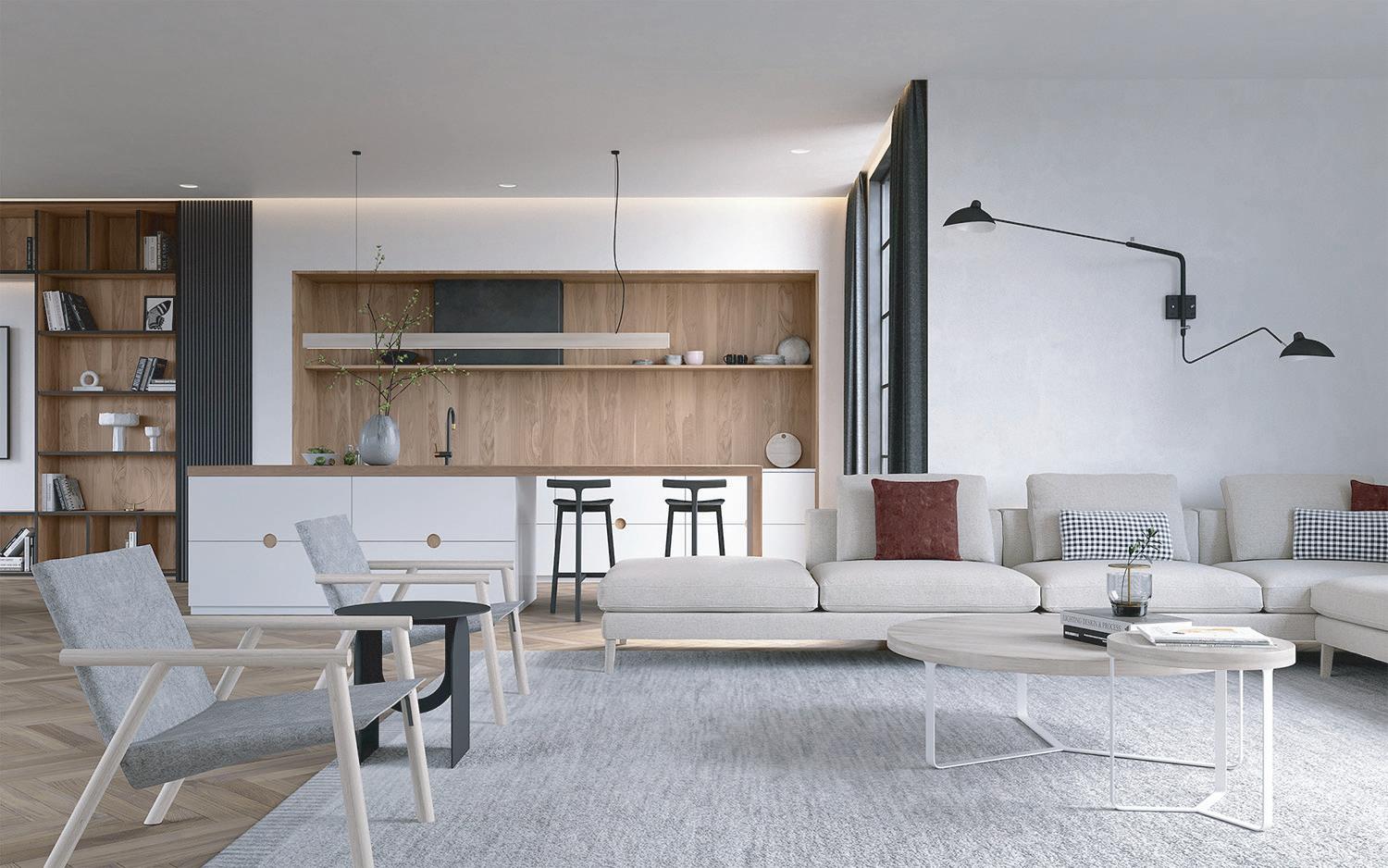
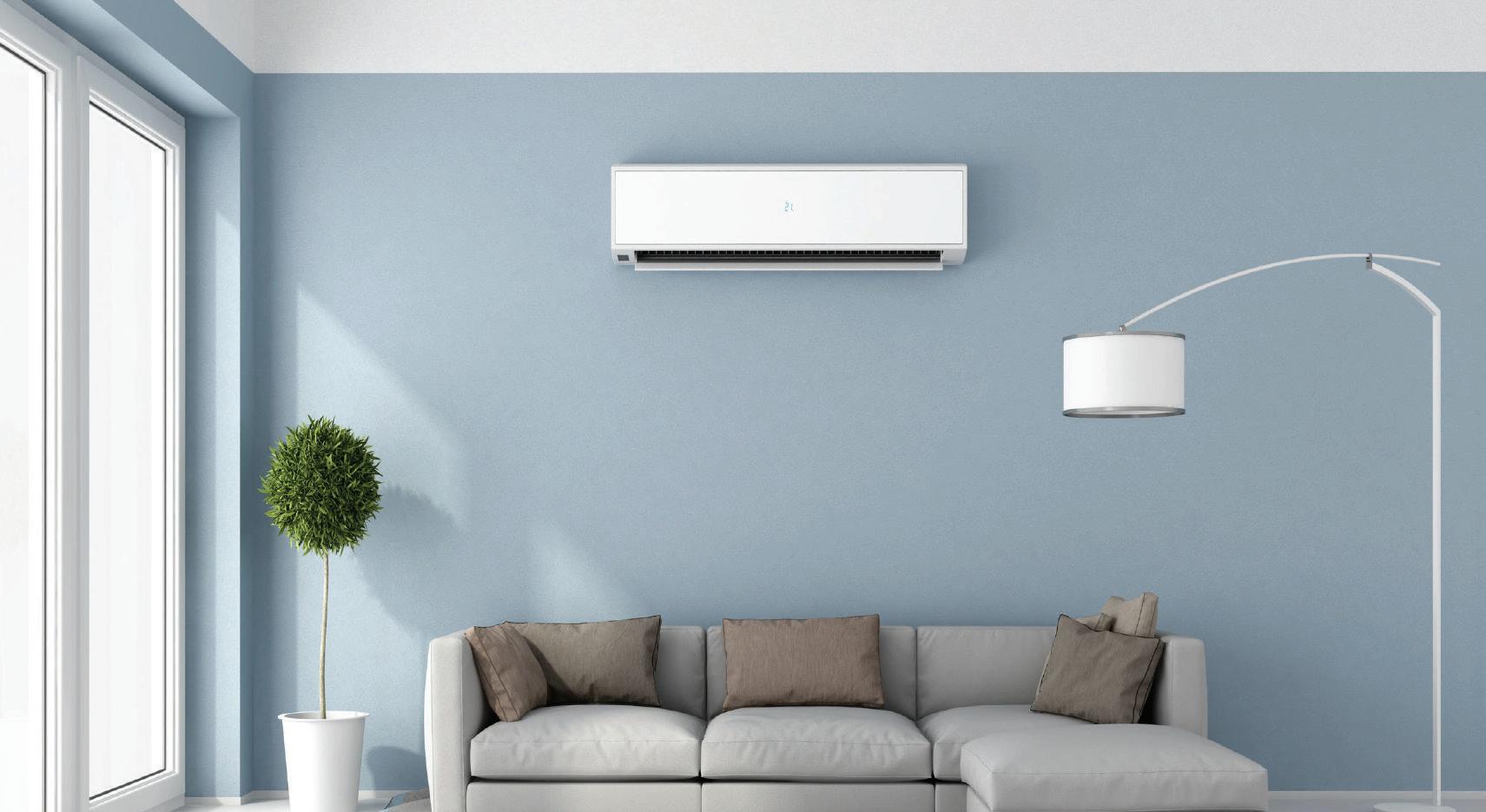


Flooring Xtra
BRINGING YOU WOOLS OF NEW ZEALAND HOME GROWN CARPETS
Wools of New Zealand is 100% owned by Kiwi farming families who grow wool – that’s a fantastic 720 Kiwi wool-growing families connected to local communities up and down the country. Each and every one is committed to raising the standard for quality wool while caring for the land and their sheep in the most environmentallyfriendly way possible.
Locally-owned and operated stores, Flooring Xtra Mount Wellington and Howick Village share a similar story to Wools of New Zealand, so when approached to partner with the new carpet manufacturing brand, it felt like a perfect fit.
We are excited to be the exclusive launch partner of Wools of New Zealand, bringing our customers beautifully crafted, natural homegrown wool carpets which will be appreciated for generations to come.
Wools of New Zealand will be the first carpet brand to ‘grow’ its own wool fibre and take the finished product to market. By taking control of the entire supply chain Wools of New Zealand has succeeded in making quality wool carpets available to all Kiwis at prices they can realistically afford to pay. DISCOVER THE RANGE
Explore Wools of New Zealand’s authentic carpet ranges crafted from New Zealand’s purest, guaranteed, home-grown wool fibre using the world’s premier manufacturers.
There are nine beautiful collections to choose from ranging from stylish chunky loop pile carpets to classical cut pile carpets. So, drop into either of our two stores to view these stunning new wool carpets today.
Mt Wellington Flooring Xtra 46A Lunn Ave, Ph 09 218 7439 mtwellington@flooringxtra.co.nz Howick Flooring Xtra 87 Picton St, Ph 09 218 7439 howickvillage@flooringxtra.co.nz
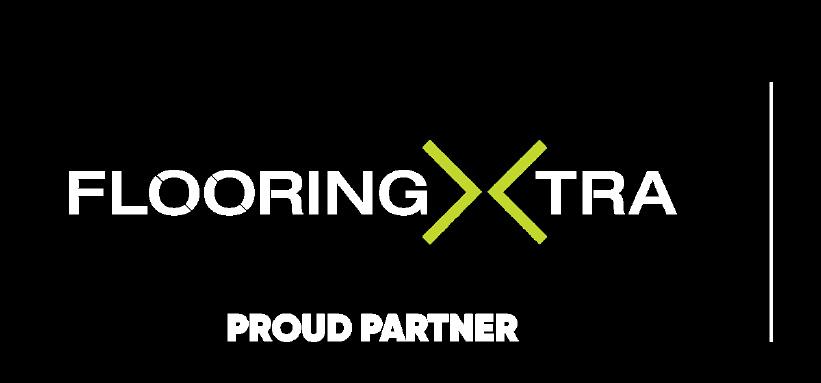

Dreaming of new flooring?
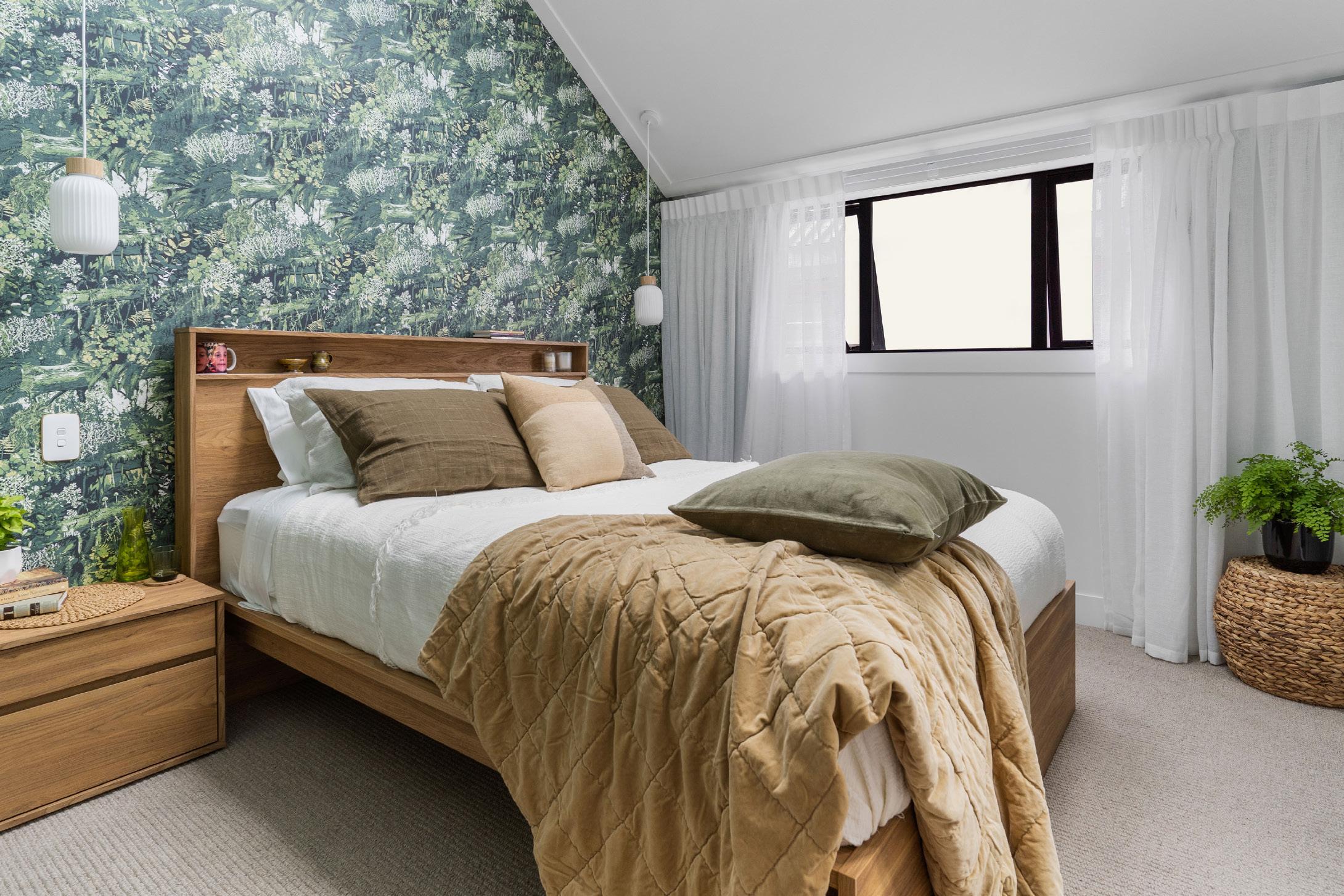
We’ve got you covered!
JH16934
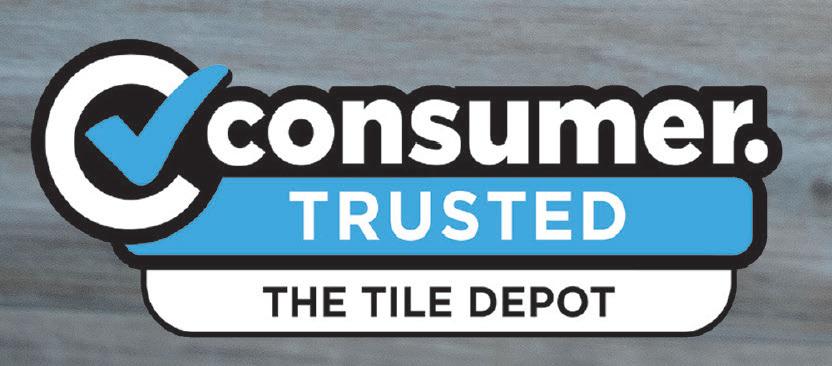

TO YOURS

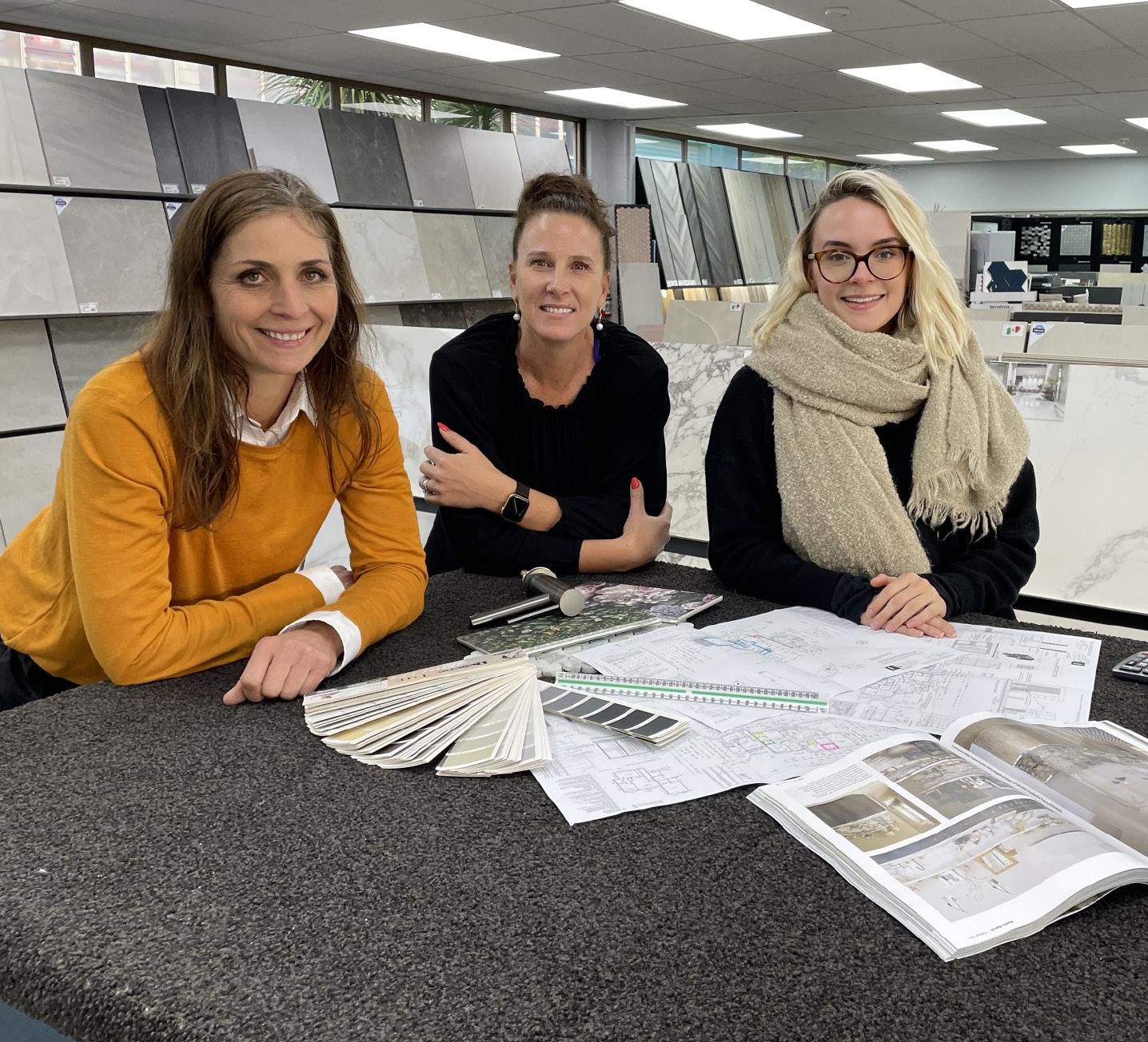
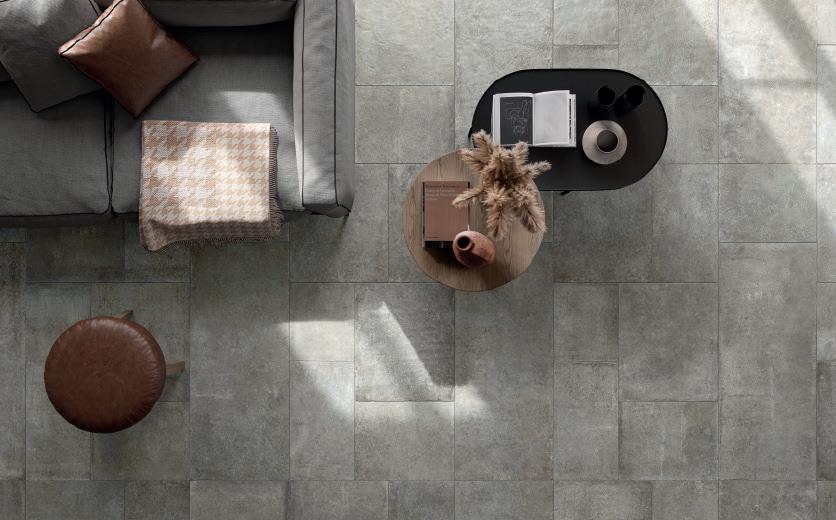
Tile Depot Design Studio
BOON TO TRADE PROFESSIONALS
The use of tiles, indoors and out, is centuries old yet their place in today’s contemporary homes is undisputed – tiles are versatile, easy to clean and come in a huge range of sizes, shapes, colours and patterns. Industry professionals know their value in all manner of build projects.
What’s more, for those wanting fabulous tiles, the place to go is the Tile Depot, established in 1995 and now a leading supplier of quality tile and flooring products.
In particular, Tile Depot’s massive East Tamaki distribution warehouse stocks close to 1000 hand-picked lines and, from there, supplies 13 showrooms, multiple resellers and direct online orders throughout New Zealand.
Importantly, for developers and professionals in the design and build industry – builders, designers, architects and more, plus their clients – the Tile Depot Head Office and Design Studio is attached to the East Tamaki distribution centre.
It is a fully stocked, private showroom available for exclusive one-to-one industry consultations. Use of the Design Studio is operated under a booking system to ensure uninterrupted use and professionals are welcome to bring clients with them.
In addition to the entire Tile Depot range being on display, the Design Studio also has samples of hundreds of unique indent tile options from factories across the globe.
This enables projects, with plenty of forward planning, to access special lines and designs not available through the company’s showrooms or website.
To assist clients navigating the studio range, and accessing the indent sample options, three Tile Depot design consultants, Toni, Amelia and Karen, are based at head office. This creative trio really know the products and, with their knowledge and flair for inspired combinations, they can provide invaluable
assistance.
They are heavily involved in helping select the Tile Depot’s range so, subsequently, they have in-depth knowledge of product purpose, place of manufacture, sizes available and prices.
Should you have a particular look in mind, and still can’t find it, even with the abundance
Toni, Amelia and Karen, are based at head office. of samples on site, Tile Depot team is more than happy to do the leg work to find that perfect tile. Never afraid to look at new products and to try something new, the team is also excited to have sourced an exclusive signing of handmade Moroccan tiles, Tiles of Ezra, which will be added to Tile Depot collections later in the year.
To inquire further about the use of the design studio or Tiles of Ezra, please email: info@tiledepot.co.nz
Creative consultants based at The Tile Depot’s design studio, (from left) Toni, Karen and Amelia. Providing professional service with the use of the private showroom.
